Applied Behavior Analysis (ABA) therapy is a unique form of therapy for children with autism. At qualifying facilities, your child can participate in highly personalized treatment plans that encourage necessary skill-building based on individualized strengths and areas of opportunity. ABA therapy helps enhance specific behaviors through:
- Personalized strategies for each child
- Organized learning plans
- Uplifting reinforcement
Every child’s journey is designed to celebrate unique strengths while also improving individual challenges. The goal of this type of therapy is to ensure measurable growth like:
- Improved verbal and non-verbal skills
- Improved social connections and personal relationships
- The development of emotional regulation
- The development of coping skills
- The encouragement of independence in daily activities like hygiene, dressing, and eating
- Preparation for academics and problem-solving
Research indicates that children who regularly engage with ABA therapy especially at a young age can experience remarkable growth in overall function, socialization, and communication, with many children reaching verbal communication within two years. This form of therapy teaches valuable skills and helps children embrace a more independent lifestyle.
So, what is SD in ABA Therapy?
What is SD in ABA Therapy?
In Applied Behavior Analysis (ABA) therapy, SD stands for ‘discriminative stimulus.’ SDs in ABA therapy are cues or signals that indicate when a child’s behaviors will be rewarded. These signals help teach children with autism new skills and behaviors, reinforcing the positive skills or behaviors you want them to learn and decreasing the likelihood of negative behaviors you don’t want them to continue using.
How SDs Work in ABA Therapy
SDs are grounded in operant conditioning. Operant conditioning is where children strengthen or weaken their behaviors based on consequences.
As such, the goal of SDs in ABA therapy is to increase the chances of children behaving as desired and decreasing the chances of children continuing with undesired behaviors.
What are SDs in ABA Therapy?
What is an SD in ABA therapy? SDs in ABA therapy can be verbal instructions, visual prompts, or physical items.
- Verbal Instructions: Verbal instructions might be “Please sit down” or “Look both ways before crossing”
- Visual Prompts: Visual prompts might be gestures, pictures, objects, or written words
- Physical Items: Physical items can be SDs, too, such as an iPad that you give a child to play with
No matter their form, SDs help children with autism to differentiate between various situations and learn specific behaviors within those situations.
Learn More about SD in ABA Therapy with ABA Revolution
With ABA Revolution, we ensure all of our employees are compensated beyond the industry standard so that we maintain the same professionalism throughout your child’s experience. This stable work environment creates a safe place for children to build trust and thrive.
Each of our qualified team members incorporate ABA therapy with things like experiential therapy techniques to promote personal development and build practical skills grounded in real world scenarios for each child. This skill-building takes place at our high-end, custom facility designed to meet the unique needs of children with autism
At ABA Revolution, we know that SDs in ABA therapy are most effective when they begin early and are consistently maintained through a child’s program. That is why we work with each of our families:
- Assessments: Assessments are a vital part of all development, and with the right professional assessment, our team can offer highly individualized care for each child
- Inviting Environment: We know that environment plays a critical role in the therapy experience, which is why our centers are engaging, welcoming, and warm with hands-on activity spaces and access to on-site dentists or barber shops so that families have everything they need to practice SD skills in a supportive environment
- Progress Tracking: At our autism therapy center in Illinois, we use advanced technology systems to track your child’s progress in real-time
- Enrichment Sessions: We provide enrichment sessions for each family so they understand their child’s progress, what strategies can be used at home to reinforce the child’s goals, and what tools parents should use to keep a supportive home environment
Our goal is to give parents a better understanding of SDs in ABA therapy so that they can be continually reinforced at home, and with us.
Reach out to our team today at 224-553-2243 for an assessment.



